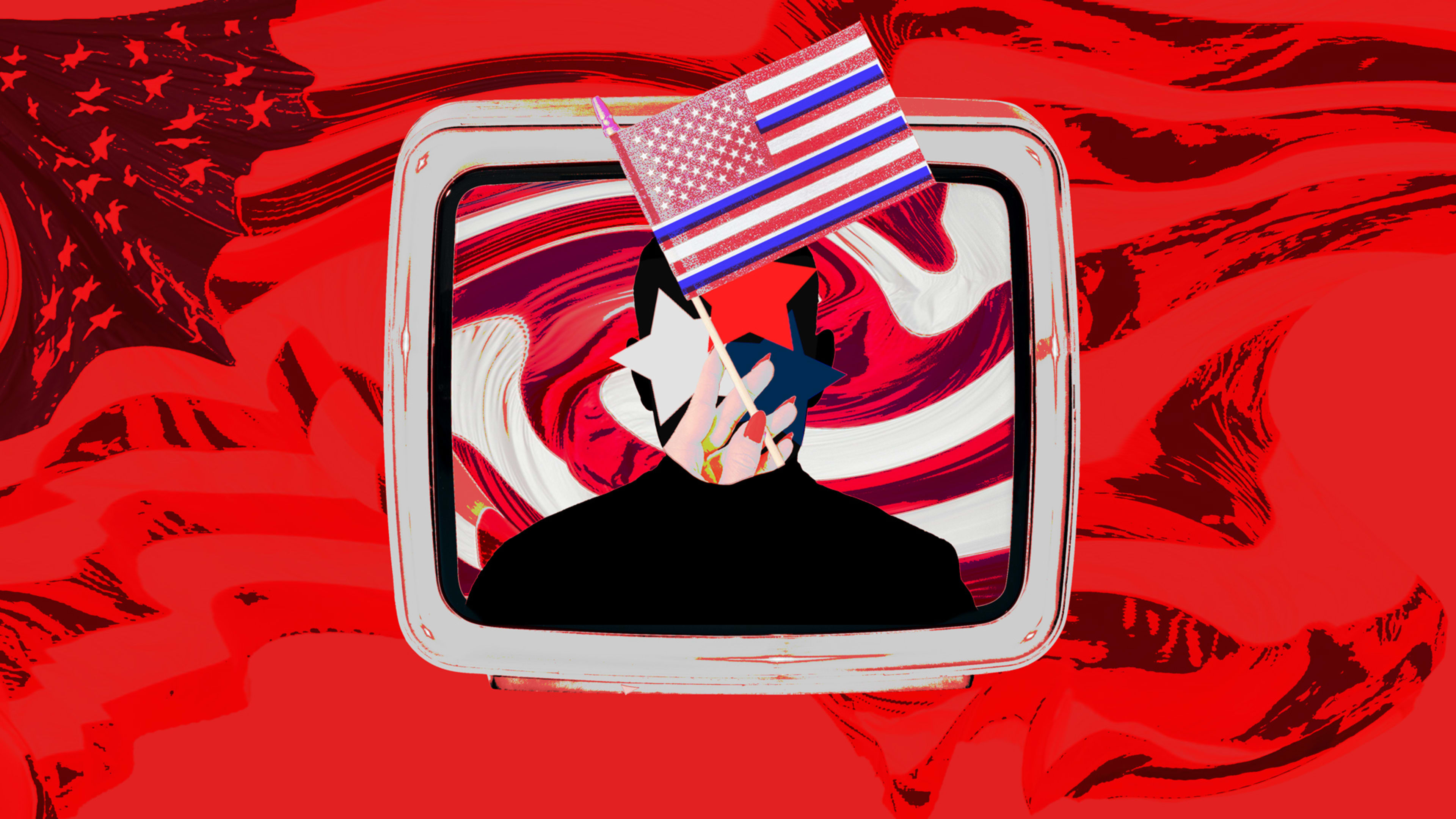The collage only appears on screen for a few moments: images of Donald Trump and Dr. Anthony Fauci at the White House, smiling, addressing reporters, and hugging. The images, which carry the caption “Real Life Trump,” are a visual punch line in a new attack ad by the rapid response team for Florida Governor Ron DeSantis’ presidential campaign, mocking Trump for failing to fire Fauci.
But the ad itself contains a notable deception: Three of the images were AI-generated deepfakes.
Placed next to real photographs, the hugging images blend in upon first glance. Only when you look closer do the signs of AI jump out: overly-smooth textures, strangely overlapping faces—is Trump kissing Fauci’s nose?—and gibberish text. Though the creations have since been debunked, they represent examples of an insidious new kind of visual manipulation: high-profile deepfakes that try to camouflage alongside similar-looking but real images.
Yes, we’ve seen other deepfakes of major subjects go viral in the last few months. But they’ve either been outlandish—like a set of Midjourney-generated images portraying Trump fighting police in the streets before being hauled off to jail—or too low stakes to arouse suspicion, like the AI-generated image of Pope Francis wearing a white Balenciaga-inspired puffer jacket that fooled many viewers in March. There was also the fake photograph last month that purported to show an explosion at the Pentagon, shared by Russian state media but quickly and easily debunked.
The DeSantis campaign’s deepfakes feel like a more dangerous use of generative AI. Unlike other headline-grabbing AI images, the images weren’t designed to shock; they largely sought to confirm their followers’ preexisting beliefs and disguised themselves among actual news photos. There’s no way to say just how many DeSantis supporters saw through it, but the way the creators sought to confuse them may be what’s most disturbing here.
As the cultural theorist Rob Horning recently wrote in his newsletter, Internal Exile: “all images are ‘real’ when people circulate them, because the communication being carried out through the images is real.” Or, as researcher Max Rizzuto explained to Fast Company in April how a deepfake impacts a viewer: “Even when it’s disproven, the emotions that they experienced are not nullified.” DeSantis’ deepfakes appeared to embrace this logic: Rather than fabricate a whole new story, DeSantis’ team punched up the intensity of a preexisting one.
There’s a good argument, as articulated by The Verge’s James Vincent after the Pope images went viral, that high-profile deepfakes show that we’re approaching the “hyperreal”: a term coined by French theorist Jean Baudrillard for a condition in which an advanced society is no longer able to distinguish between fact and fiction. What the DeSantis deepfakes help clarify is that the conflation of the two isn’t simply because generative AI is getting more convincing, but because there are powerful institutions, hardly limited to Ron DeSantis’ campaign, working hard to blur the lines. Years of far-right attacks on what we might call the pillars of civilized reality—law, science, education, and the media—have laid the foundation for this moment. In this sense, DeSantis’ deepfakes aren’t so much a commentary on technology’s strength as on our society’s vulnerability.
As historian Timothy Snyder wrote in 2021 in the New York Times, reflecting on Trump’s January 6 insurrection: “Post-truth is pre-fascism. . . . When we give up on truth, we concede power to those with the wealth and charisma to create spectacle in its place. Without agreement about some basic facts, citizens cannot form the civil society that would allow them to defend themselves.” Likewise, if audiences can be persuaded to ignore an image’s factual content in favor of “emotional truth,” then we’ll only see more DeSantis-style deepfakes in our future, each helping to reinforce a grim new reality.
If the 20th century gave us socialist realism—in which leftist governments commissioned realistic but highly idealized paintings to reinforce their overly optimistic narratives—we could be entering an age of “fascist realism,” in which extremist right-wingers mass-fabricate imagery to confirm their followers’ ugliest suspicions. The risk, ultimately, isn’t just that some people might think the images are real. It’s that people will know they’re fake—and will no longer care.
Recognize your brand’s excellence by applying to this year’s Brands That Matter Awards before the early-rate deadline, May 3.
